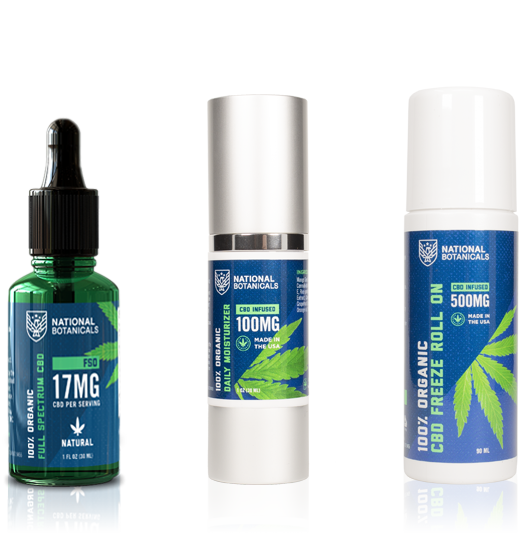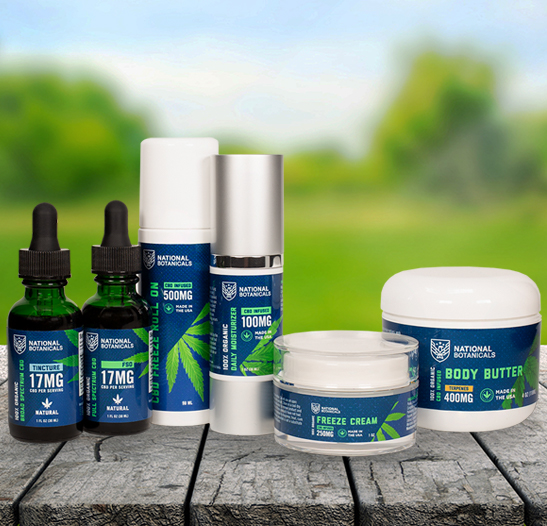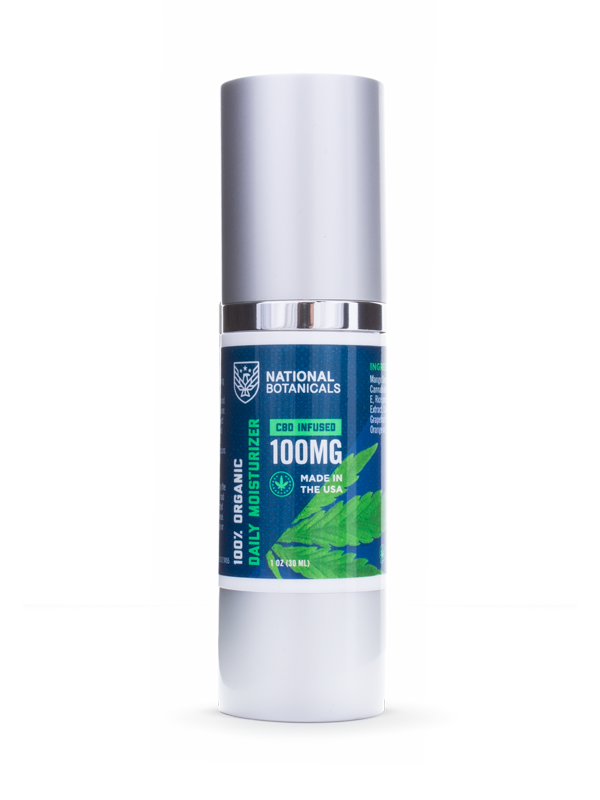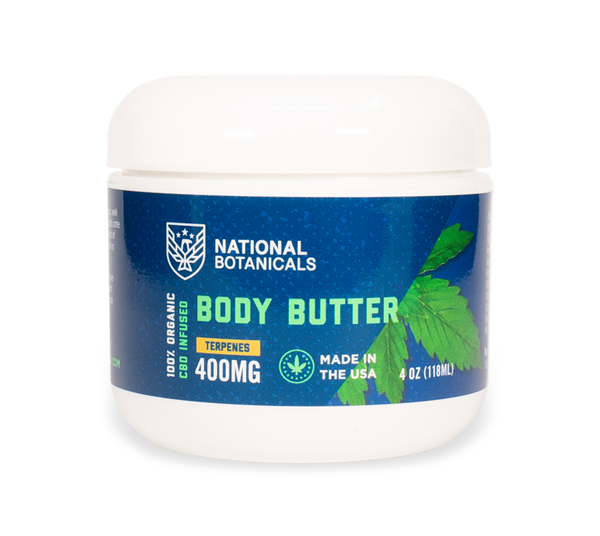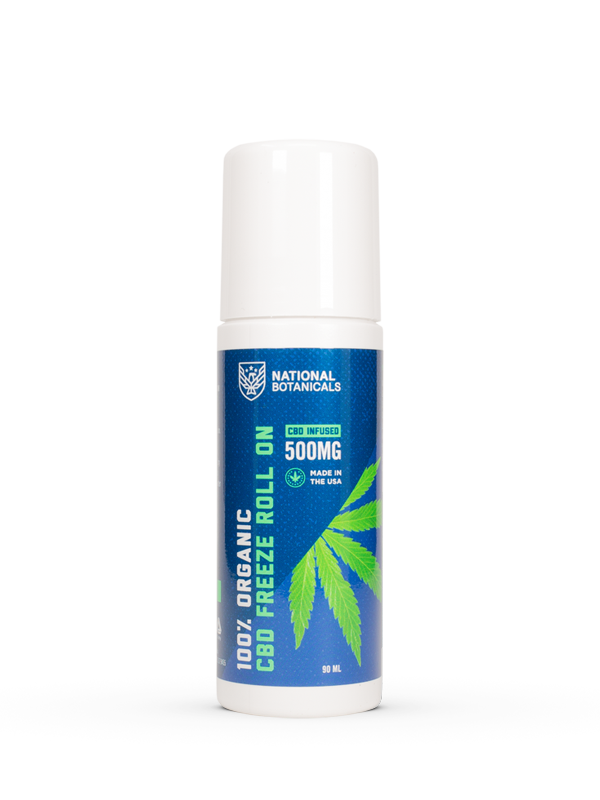CBD Tinctures and Terpenes

CBD is a cannabinoid found in hemp and marijuana plants. Hemp-derived CBD has been legalized by the USDA with the passing of the 2018 Farm Bill. CBD was also removed from the Schedule I substance list by the DEA. Unlike THC, CBD does not produce a high and is not habit-forming. This article will explain a few terms common in the CBD industry, CBD tinctures and terpenes.
The reason why CBD is believed to provide relief for inflammation, pain, and sleep to name a few is that it can interact with the body’s endocannabinoid system (ECS). ECS was only recently discovered by scientists and is known to consist of numerous receptors placed throughout the body.
ECS’s primary purpose is to keep all processes in the body running smoothly. It supports the body as it faces outside interferences and promotes homeostasis. To communicate within itself, ECS uses the body’s endocannabinoids to send messages through its network of receptors. As CBD is similar in composition to these endocannabinoids, supplying ECS with CBD is thought to increase its functionality.
CBD Tinctures
CBD tinctures are made by soaking the cannabis flower in alcohol and water, then heating the solution with low-grade heat. In the heating process, much of the alcohol and water are burned off, resulting in a high potency CBD solution. After this process is complete, sweet-tasting oils are usually added to the tincture to improve the taste. There are also tinctures made with solvents like glycerine or oil, which is a good choice for those avoiding alcohol.
Potency and Administration
Tinctures are extremely concentrated and thus need to be taken in small doses. The shelf life of CBD tinctures is very long, so a consumer can get a potent product that lasts for a long time. Most tinctures come outfitted with a dropper, which makes administering CBD precise and easy. Figuring out which dose is right for you can be accomplished by starting with a few drops and then increasing the dose by a drop to figure out the most beneficial amount.
Terpenes
Terpenes are organic compounds present in essential oils and plants. Terpenes are responsible for plants and oil’s smells and aromas. Cannabis plants, including hemp, have their own set of terpenes. In fact, upwards of 350 terpenes have been discovered so far. Various terpenes in hemp plants have different effects on the human body. For example, some terpenes contribute to a sense of relaxation while others produce an alertness effect. Many CBD tinctures are specially designed to include terpenes from other strains and plants to boost their ability to affect certain ailments.
CBD Bioavailability
Bioavailability is the rate at which a substance is absorbed by the body. CBD’s bioavailability largely depends on how it is administered. For example, oral consumption of products such as CBD gummies or capsules has the lowest bioavailability rate because CBD must first pass through the digestive system.
CBD tinctures are administered sublingually, which means the tincture is placed under the tongue with a dropper. Sublingual administration is considered to have the highest bioavailability rate. There is a vain under the tongue which is called the sublingual gland, when a CBD tincture is placed under the tongue it is absorbed by the sublingual gland directly into the bloodstream. Therefore CBD tinctures can produce effects fairly quickly.
CBD Tincture Types
Many CBD tinctures are made to target issues like inflammation, pain, and anxiety. Some tinctures help with sleep and promote relaxation. When choosing a CBD tincture right for you it is important to be aware of the type of CBD used. Organic hemp-derived CBD is recommended. Because tinctures contain a high concentrate of CBD, it is advised not to consume non-organic derived CBD as the content of soil pollutants can tend to be high.
Take-away
CBD tinctures are a great product option for those who looking for a strong and quick-acting option. A variety of tastes and uses makes this type of CBD administration even more appealing.
To learn more about CBD, visit our FAQ page.
